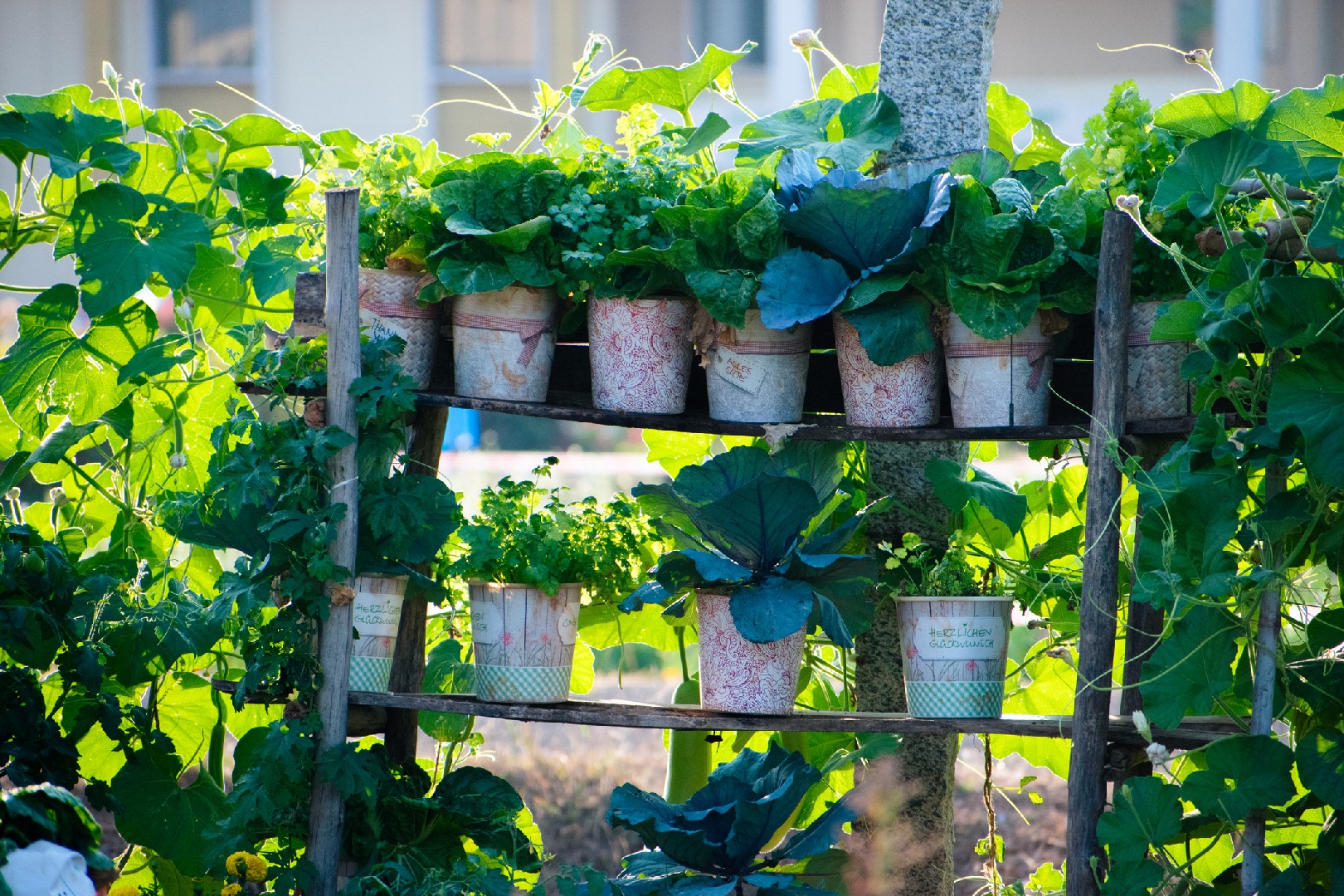![Rectangle]()
Challenge 1: Space Utilization
One of the main challenges of vertical edible gardening is the limited space available. However, with the right techniques and strategies, you can maximize the use of vertical space in your garden. Understanding the concept of vertical space and its role in vertical edible gardening is crucial.
When it comes to vertical gardening, it's essential to think creatively and effectively. One method to optimize vertical space is by using trellises and stakes. These structures allow plants to grow vertically, taking advantage of the upward space. By training plants to climb these supports, you can grow more crops in a smaller footprint.
Another strategy for space utilization in vertical edible gardening is utilizing hanging baskets and containers. These containers can be hung from fences, walls, or even ceilings, allowing you to grow plants at different heights. You can plant herbs, strawberries, or even lettuce in these hanging containers, adding a beautiful and functional element to your garden.
Understanding the growth patterns and spacing needs of different plants is essential when planning a vertical garden. Some plants, such as tomatoes and cucumbers, require sturdy supports and ample space to grow. On the other hand, leafy greens like lettuce and spinach can be planted closer together. By considering these factors, you can make the most out of your vertical garden.
In addition to optimizing vertical space, another advantage of vertical edible gardening is its ability to maximize sunlight exposure. By positioning your vertical garden in a sunny location, you ensure that all your plants receive the necessary sunlight for healthy growth. However, it's crucial to consider the shading effect that taller plants may have on shorter ones. Arranging your plants strategically can help prevent overshadowing and ensure that all plants receive adequate light.
Furthermore, practicing companion planting techniques can also help maximize the use of vertical space. Companion planting is the strategic placement of different plants together for mutual benefits. For example, growing vining plants such as beans near taller plants like corn can help provide vertical support while also enriching the soil with nitrogen.
In conclusion, while vertical edible gardening presents its challenges, they can be overcome with the right strategies and knowledge. By understanding the concept of vertical space, utilizing trellises and hanging containers, considering plant growth patterns, and practicing companion planting, you can optimize space utilization in your vertical garden. Remember to position your garden in a sunny location and plan the arrangement of your plants carefully. With these techniques, you can create a thriving and productive vertical garden, even with limited space.





